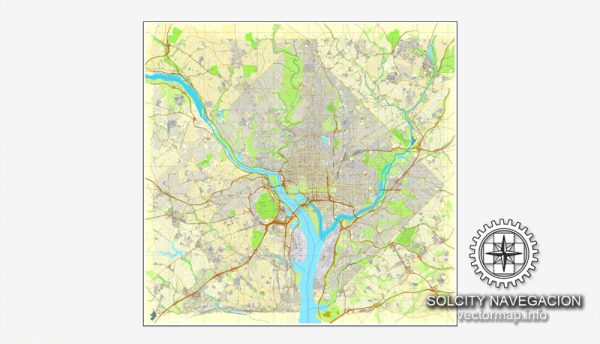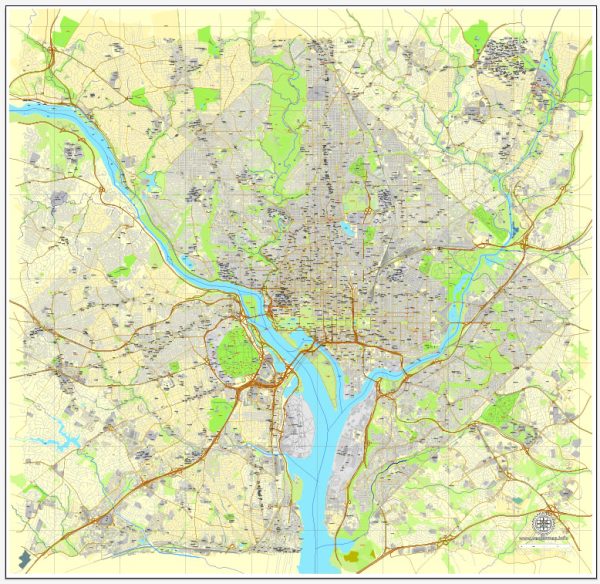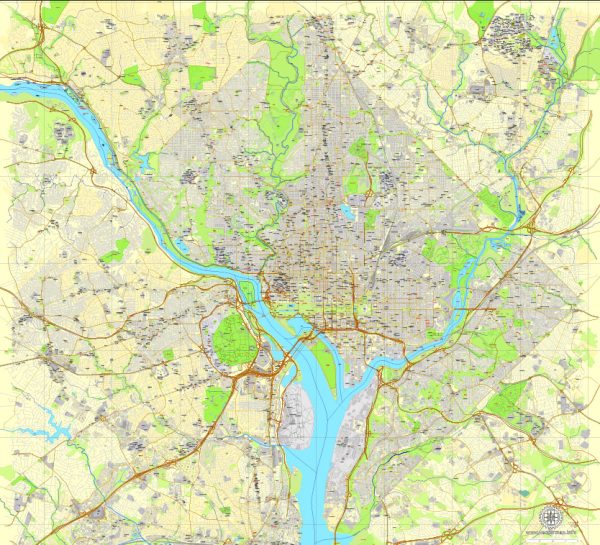Washington, D.C., the capital of the United States, has a rich and storied history that is closely tied to the founding and development of the nation. Here is an overview of its history:
- Founding and Planning:
- In 1790, the Residence Act established that a new capital city for the United States would be created along the Potomac River. The area chosen for the capital was a compromise between Northern and Southern states.
- Pierre Charles L’Enfant, a French architect, was commissioned to design the city. His plan included broad avenues, open spaces, and a grand ceremonial avenue known as the National Mall.
- The city was officially named the District of Columbia, and Washington, D.C. was named after George Washington, the first President of the United States.
- Early History:
- The federal government officially moved to Washington, D.C. in 1800.
- The British captured and burned the city during the War of 1812, but it was later rebuilt.
- Slavery was a significant part of the city’s economy, and the Compensated Emancipation Act of 1862 made it one of the first places in the United States to emancipate enslaved individuals.
- Civil Rights:
- Washington, D.C. played a significant role in the Civil Rights Movement. The 1963 March on Washington for Jobs and Freedom, where Dr. Martin Luther King Jr. delivered his famous “I Have a Dream” speech, is one of the most iconic events in the city’s history.
- Growth and Development:
- Over the years, the city has expanded and developed into a hub of politics, government, and culture.
- Many iconic landmarks were built in Washington, D.C., including the U.S. Capitol, the White House, the Lincoln Memorial, the Washington Monument, and the Jefferson Memorial.
- Home Rule:
- In 1973, Washington, D.C. was granted limited self-governance through the Home Rule Act, allowing residents to elect their own mayor and city council.
- However, the city still falls under the jurisdiction of the U.S. Congress, which can overturn local laws and policies.
- Demographics and Culture:
- Washington, D.C. has a diverse population, with people from all over the world living and working in the city.
- The city has a vibrant cultural scene, with numerous museums, theaters, and music venues.
- It’s also known for its cherry blossom festival, held annually in the spring.
- Political Significance:
- As the nation’s capital, Washington, D.C. is home to the federal government, including the three branches of government: the executive, legislative, and judicial branches.
- It is where the President resides in the White House, Congress convenes at the U.S. Capitol, and the Supreme Court makes its decisions.
- Modern Challenges:
- Washington, D.C. faces various modern challenges, including issues related to representation in Congress, taxation without full representation, and political polarization.
Washington, D.C. is not just a political hub but also a city with a rich historical and cultural legacy that continues to shape the United States and its values. It remains an iconic symbol of American democracy and government.





 Author: Kirill Shrayber, Ph.D.
Author: Kirill Shrayber, Ph.D.